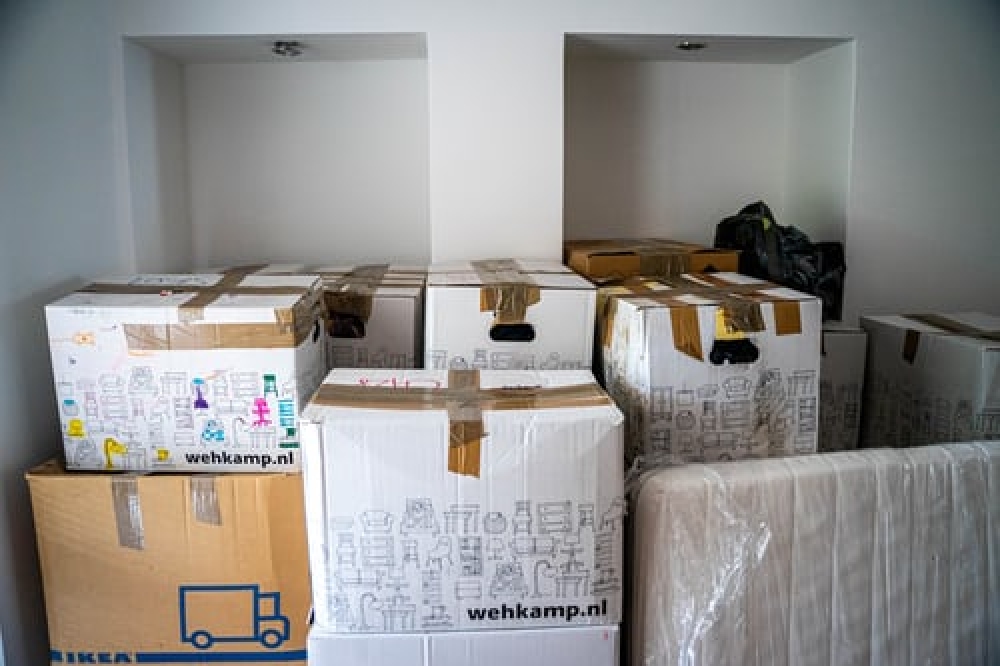Why marketers should capitalise on homemovers now
07 May 2021

It has long been known that homemovers are big business. In fact, research shows that this group of consumers contribute an additional £12bn in retail spend to the economy each year, with the average homemover outlaying around £13,000 on new furnishings and improvements alone.
Currently the number of households in the home moving journey is up by over 50 per cent year-on-year with an additional 500,000 households entering, progressing or completing the process of moving home.
Moreover, based on our direct experience of the categories closely aligned to a home move this equates to the purchase of an additional 100,000 beds, 160,000 sofas and nearly 50,000 kitchens and bathrooms. Not to mention spend on home improvements such as new windows, conseravtories, floors etc. And the fact that homemovers are proven to be more likely to change their utility providers, including power, broadband, mobile and media services. They also reassess their insurance options and are more likely to take out new credit cards and loans (and of course mortgages) to fund their move. The value of this consumer group has the potential to drive a more rapid recovery for those brands that prioritise this group through targeted marketing engagement.
However, marketers are being urged to strike whilst the iron is hot. Whilst the property market is currently at its most buoyant for over a decade the amount of houses for sale in the UK has reached an all time low according to our latest Property & Homemovers Report. Estate agency residential listings have dropped by 50 per cent compared to usual levels; leaving an average of just two months worth of stock on the books. The lack of properties coming to the market has the potential to jeopardise or temporarily cause a slow down.
The good news, however, is that demand is still very strong. With 387,673 householders currently saying that they want to move – an increase of two per cent on last quarter and an increase of 30 per cent since Q4 2019.
There are currently 360,082 households Moving Soon – a rise of six per cent since Q4 2020, whilst the number of new home owners Settling In has increased by a staggering 84 per cent since last quarter.
The number of households Moving Now (265,024) and those that have Just Moved (311,083) have dropped slightly since last quarter indicating the delays being experienced in the conveyancing process accelerated by the Stamp Duty Holiday and its subsequent extension. This is further reflected by the increase in Sales Agreed (+33 per cent) and Exchanges (+55 per cent) and the drop in prices changes (-six per cent) and the number of properties being withdrawn from the market (-five per cent) since last year. With demand exceeding supply there is less requirement for discounting, whilst less stock (new instructions are down year-on-year by two per cent) encourages buyers to remain in transaction rather than looking for an alternative.
The report shows that average house prices have risen by £13,000 since the same time last year – an average of four per cent. Yorkshire and The Humber have experienced the highest price rises seeing an average increase of 21 per cent. Conversely, Inner London has seen a rise of less than one per cent. The South West has seen the largest increase in the number of sales agreed, experiencing growth of 39 per cent since last year, whilst Peterborough is far and away the most desireable city recording an almost 50 per cent rise in the number of sales agreed year-on year (49 per cent).
In contrast to the owner occupied market, rental prices have fallen. The average monthly asking prices is now £1,331 a drop of two per cent. Everywhere except London have experienced decreases in rental volumes, of between three and 18 per cent. Whilst Inner London has registered an increase of 35 per cent.
What is clear is that the pandemic is having a significant inmpact on how we live our lives and therefore what we want from our homes. We are experiencing a shift in lifestyle unseen in decades. Post lockdown the largest increase in sales agreed was for three and four bedroom properties, reflecting people’s desire for more internal space. This is likely to be a direct result of converting bedrooms into home offices as a large proportion of the population continue to work from home; even as restrictions begin to ease.
Ultimately, the market looks set to remain buoyant well into 2021 and this means that that marketers have a large and lucrative market to target.
As we have seen there is a clear opportunity for almost all sectors when it comes to homemovers, however the key is in understanding when best to target them. Too soon and you risk irrelevance, too late and you lose out to another brand. So in order to be able to capitalise on the opportunity that homemovers present it is critical that marketers understand when existing and potential customers are planning to move home and precisely where in the moving process they are likely to make their buying decisions. With many brands looking to reactivate their customers following lockdown #3, understanding which ones are moving will provide them with a very strong reason to get in touch.

Please login to comment.
Comments